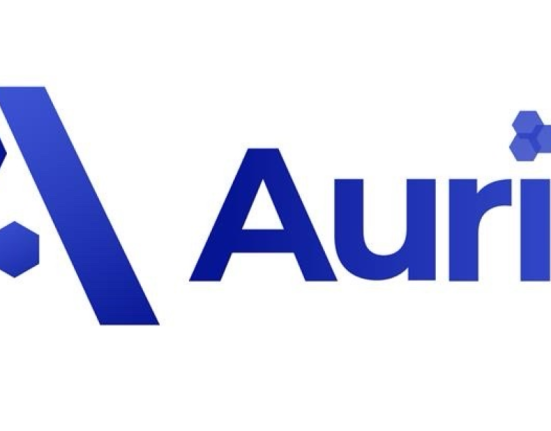AI Agents – a sophisticated type of software capable of planning, reasoning, and executing tasks independently – are fast becoming a serious consideration for banks looking to streamline operations and boost resilience. With organisations like the World Economic Forum (WEF) touting the transformational potential of Agentic AI, banking leaders must focus not only on the technology itself but getting it used effectively.
Will AI Agents on balance displace banking jobs, or will they become integral to a new hybrid human-machine operating model? In other words, is it ‘game over’ for bankers or is this simply the ‘endgame’?
In the banking sector, where the cost of error is high and regulatory obligations are extensive, finding the answer hinges on more than just technological capability. Instead, it requires a clear understanding of how AI fits into existing systems, how it learns, and most crucially, how it understands the organisation it’s deployed in.
For AI Agents to be meaningfully integrated into core business operations, they need more than a generalised grasp of the world (what we might call a “Public World Model”). Agents also require a “Private World Model”, a real-time, contextual understanding of the specific business environment they serve. This Private World Model is what enables AI to move beyond basic task automation and operate with the discretion, safety, and strategic alignment necessary for use in high-stakes settings like risk, compliance, or customer operations. Building it takes more than data. It takes a structured approach that brings business context into every layer of AI deployment.
Banks seeking to move from early experimentation to strategic, at-scale adoption should follow these three key principles:
For AI Agents to deliver value, they must be embedded into the operating model, not bolted on as isolated tools. That means defining their purpose, boundaries, and how they interact with human teams from the outset.
In practice, this requires cross-functional alignment. That means bringing together risk, compliance, technology, and business operations to ensure governance is embedded and responsibilities are clearly allocated. It’s about answering the operational questions before the technical ones. For example:
-
What will the agent do?
-
What decisions can it make?
-
How will performance be measured?
-
How will human oversight work?
In highly regulated banking environments, this level of discipline is essential. Poorly integrated AI risks duplication, degradation of service quality, or worse, regulatory breaches and reputational harm. Successful AI programmes treat these issues as first-order design considerations, not afterthoughts.







